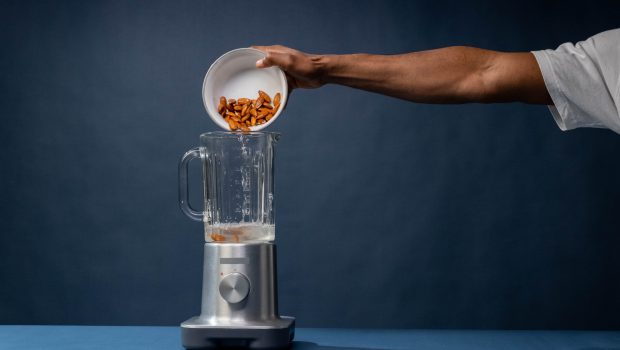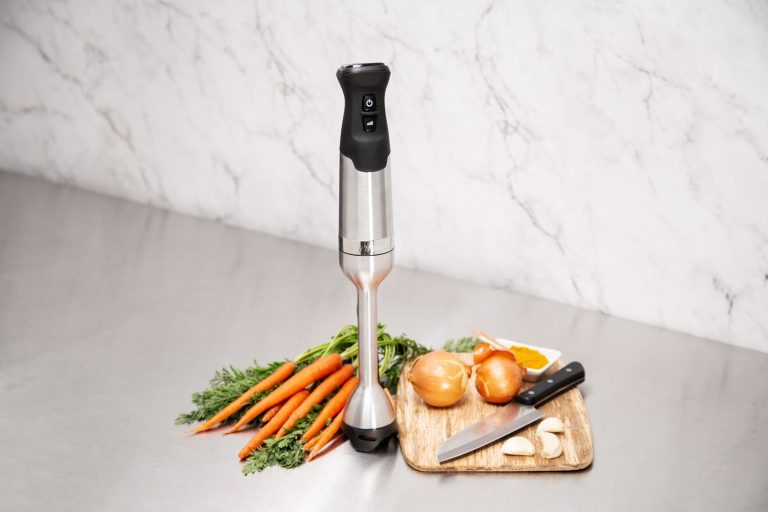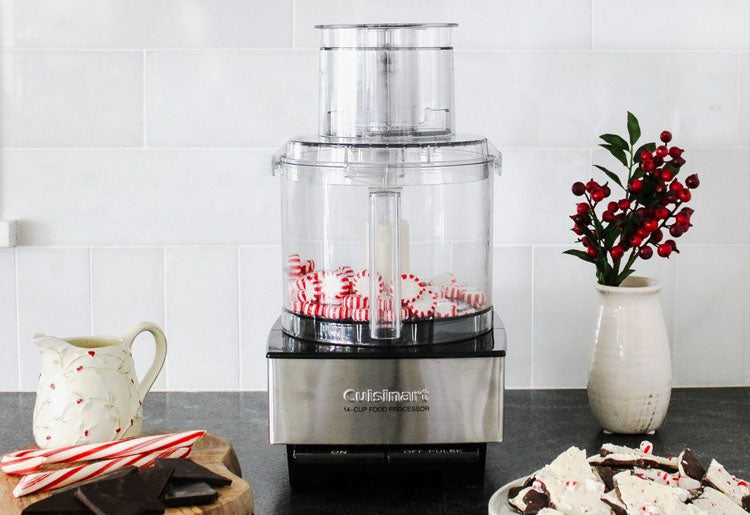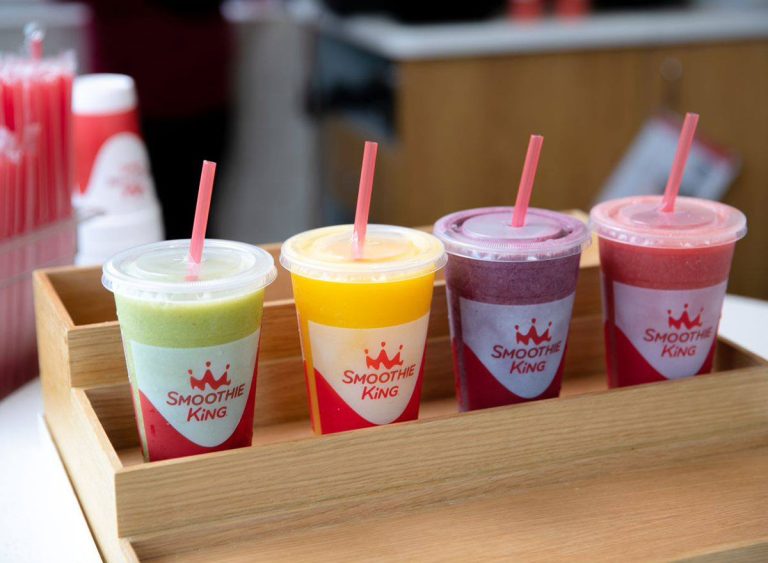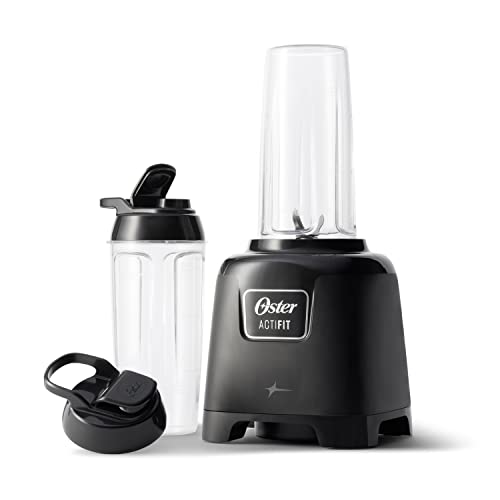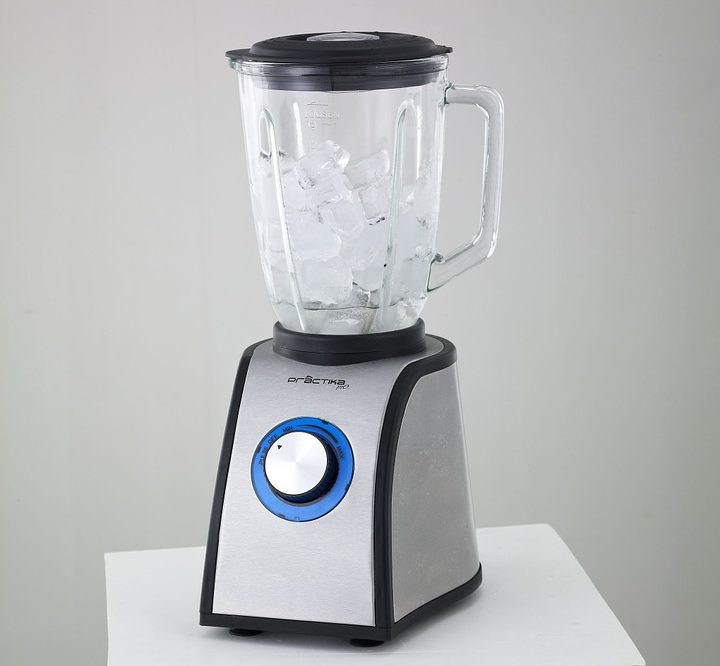Are Food Processors And Blenders the Same? Unveiling Myths!
Food processors and blenders are not the same; each serves distinct kitchen tasks. Blenders excel at liquidizing ingredients, while food processors offer a wider range of functions.
Experienced cooks and culinary enthusiasts understand the importance of having the right tools for the job, and when it comes to kitchen appliances, knowing the difference between a food processor and a blender is essential. A food processor is the multi-faceted virtuoso of the kitchen, adept at chopping, slicing, shredding, grinding, and even kneading dough.
On the flip side, the blender is the master of silky smoothies, refreshing shakes, and emulsified dressings. While there’s a bit of overlap in capabilities, such as pureeing foods, these appliances are optimized for their specialties. Opt for a food processor when dealing with solid foods or tasks demanding precision, and reach for a blender when working with liquids or aiming for a velvety finish. Understanding these differences can elevate your culinary creations and streamline your cooking process.
Food Processors Vs. Blenders: The Core Differences
Food processors and blenders are often used interchangeably in kitchen vernacular. But are they truly the same? A deeper dive into each appliance’s characteristics, functions, and design reveals pivotal differences. Understanding these can help users select the right tool for their culinary tasks.
Primary Functions And Capabilities
Both food processors and blenders aim to make kitchen tasks easier, yet they excel in different areas. Food processors come equipped with various attachments adaptable for different jobs. They chop, slice, grate, and dough-mix with precision. Contrarily, blenders are designed to liquefy and mix. They turn fruits and vegetables into smoothies or purees with ease. Here’s a quick comparison:
| Food Processor | Blender |
|---|---|
|
|
Design And Blade Distinctions
The design of a food processor and a blender varies significantly. Food processors have a wide, shallow bowl perfect for solid or semi-solid foods. Their interchangeable blades and discs allow for diverse preparations. Blenders, on the other hand, feature a tall, narrow pitcher with a fixed blade. This design helps in creating a vortex, pulling ingredients towards the blade for a consistent blend. A comparison of blade functions illustrates their distinct roles:
- Food Processor Blades:
- S-shaped blade for chopping
- Dough blade for kneading
- Disc attachments for slicing
- Blender Blades:
- Fixed blades, often stainless steel
- Designed to create a liquid blend
- Ideal for smooth textures

Credit: www.ebayinc.com
Myth Busting: Common Misconceptions About Food Processors And Blenders
Are food processors and blenders the same thing? It’s a common question with a simple answer: no, they’re not. This section of our blog aims to clear up some widespread myths and help you understand the distinct roles each appliance plays in the kitchen.
Interchangeable Use
Many people think they can use food processors and blenders for the same tasks. While both can mix ingredients, they excel in different types of food prep. A blender is the go-to for liquids. Use it for smoothies, soups, and sauces. A food processor, on the other hand, can handle more solid items. It’s perfect for slicing, dicing, and making dough.
Outcome Expectations
Expecting identical results from food processors and blenders is a mistake. Blenders often result in a smooth, liquid consistency. Imagine a creamy smoothie. A food processor can achieve a range of textures, from coarse to fine, depending on the blade or setting you choose.
Versatility In The Kitchen
Each appliance has versatile qualities but in different ways.
- Blenders: Create drinks, soups, and purees.
- Food Processors: Prep veggies, make pie crusts, and even grind meat.
Remember, not all food processors come with the same attachments. Check what’s included before expecting it to do every task.
Exploring The Types: Food Processor And Blender Varieties
Peek into any modern kitchen, and you’ll find gadgets galore. Two stars often steal the spotlight: food processors and blenders. But, are they interchangeable? Let’s dive into the variety each offers to clear up the confusion.
Subcategories And Specialized Uses
Food processors and blenders each come in exciting subcategories. They serve unique purposes to cater to diverse culinary tasks.
- Mini choppers: Perfect for small tasks like chopping nuts or making a quick salsa.
- Hand blenders: Ideal for smoothies or soups, directly in the pot.
- Full-sized processors: Best for dough kneading, slicing veggies, and more.
- Countertop blenders: Great for crushing ice and blending smooth beverages.
Each variant maximizes efficiency for specific tasks, making them far from one-size-fits-all.
Size Matters: Choosing The Right Appliance
Selecting the right size is crucial. It can impact the appliance’s utility in your kitchen.
| Appliance | Capacity | Ideal Use |
|---|---|---|
| Small Food Processor | 1-4 cups | Small batches, solo meals |
| Large Food Processor | 8 cups and above | Family meals, meal prep |
| Personal Blender | Up to 2 cups | Single-serve smoothies |
| Standard Blender | 5 cups and above | Drinks for multiple people |
Knowing the volume of food you’ll process or blend helps in choosing the right size. This ensures your appliance matches your culinary needs.
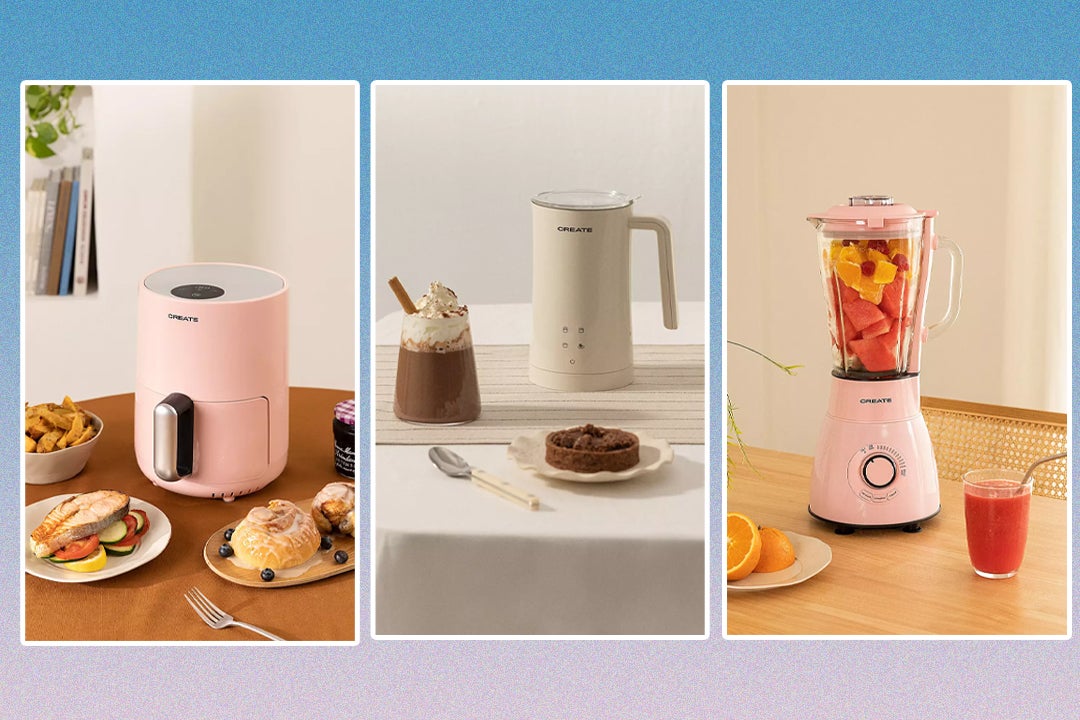
Credit: www.independent.co.uk
The Right Tool For The Right Job: When To Use Each Appliance
Food processors and blenders are not the same. Each appliance works best for different tasks. Learning when to use each can elevate your cooking. Knowing the strengths of each can save time and improve dish textures.
Best Practices for Food ProcessorsBest Practices For Food Processors
Food processors are versatile. They handle a variety of kitchen jobs. Here are some tasks they do best:
- Chopping vegetables: Uniform pieces in seconds.
- Grinding nuts and seeds: Perfect for homemade butters.
- Making dough: Just add ingredients and mix.
- Shredding cheese: Quick and effortless.
Ensure the bowl is locked in place. Use the pulse function for control. Always start with a quick pulse. Clean immediately after use.
Optimal Uses for BlendersOptimal Uses For Blenders
Blenders are ideal for liquids. These are the tasks where they shine:
- Making smoothies: Get that silky texture for drinks.
- Blending soups: Create creamy or smooth soups easily.
- Emulsifying dressings: Combine oil and vinegar well.
- Crushing ice: Perfect for frozen cocktails or desserts.
Start at a low setting then increase speed. Use the tamper if ingredients stick. Never fill to the top when blending hot liquids. Clean right after using to avoid residue buildup.
Care And Maintenance: Ensuring Longevity Of Your Kitchen Helpers
Keeping food processors and blenders in top shape is paramount. Proper care ensures they last longer and perform better. Follow our simple tips to maintain these essential kitchen tools.
Cleaning Tips For Food Processors
Food processors require regular cleaning to remain effective. Begin by unplugging the appliance. Remove all detachable parts. Bowl and blades should be hand-washed for safety. Use warm soapy water for cleaning. For stubborn residue, soaking may be necessary. Ensure all components are dry before reassembling.
- Unplug and disassemble.
- Hand-wash parts safely.
- Soak to remove residue.
- Dry thoroughly before reassembling.
Maintaining Your Blender
Blenders are easy to maintain with the right approach. After each use, rinse the jar immediately. Fill it halfway with warm water and a drop of dish soap. Run the blender for a quick self-clean. Rinse well and air dry the jar and lid. Occasionally check the seals and blades for wear and tear.
- Rinse jar post-use.
- Self-clean with water and soap.
- Rinse and air dry parts.
- Inspect seals and blades periodically.

Credit: www.facebook.com
Making An Informed Purchase: What To Look For When Choosing Your Appliance
Choosing between a food processor and blender can be tricky. Both transform food into delicious dishes. But they are not the same. Know what to look for, and pick the best for your kitchen.
Key Features And Technology
Understand the key features before buying. Here’s what to consider:
- Power: Measured in watts, more power means smoother results.
- Capacity: Size of the bowl or jug matters. Choose based on how much you cook.
- Speed Settings: Various speeds offer control over texture.
- Attachments and Accessories: More attachments add versatility to your kitchen.
| Appliance | Main Use | Typical Features |
|---|---|---|
| Food Processor | Slicing, Dicing, Dough | Multiple Blades, Feeder Tube |
| Blender | Smoothies, Soups | High-speed Blades, Liquid Jug |
User Reviews And Recommendations
Real users tell the real story. Check reviews for personal experiences:
- Performance: Is the appliance living up to the hype?
- Durability: Can it withstand regular use?
- Easy Cleaning: Look for dishwasher-safe parts.
Take note of overall ratings. A higher score often means happier buyers. Trust the community. Go for products with lots of positive feedback. Your kitchen deserves a star.
Frequently Asked Questions On Are Food Processors And Blenders The Same
What’s The Difference Between Food Processors And Blenders?
A food processor offers versatile functions including chopping, slicing, and shredding, whereas a blender has a fixed blade and is ideal for liquid-based tasks. Food processors handle solid foods better, while blenders excel at smoothies and soups.
Can A Blender Do A Food Processor’s Job?
Blenders can perform some food processor tasks like pureeing or making smoothies, but they are not suitable for tasks requiring fine chopping, dough kneading, or shredding. For multifaceted prep work, a food processor is preferable.
What Are Food Processors Best Used For?
Food processors excel in tasks like chopping vegetables, grinding nuts, kneading dough, and making pastes or dips. They are kitchen multitaskers designed for handling a variety of ingredients that require different preparation techniques.
Are Blenders Good For Making Dough?
Blenders are not typically designed for making dough. They lack the necessary attachments and bowl size. For dough-making, food processors with dough blades or stand mixers are better equipped and provide more desirable results.
Conclusion
Understanding the distinct roles of food processors and blenders enriches your kitchen prowess. Embrace both for diverse culinary adventures, from silky smoothies to robustly chopped veggies. Equip your kitchen arsenal wisely, highlighting the strengths of each appliance. Thus, your cooking journey hits new peaks of efficiency and creativity.
Choose your kitchen companion thoughtfully, and watch your culinary skills flourish.

